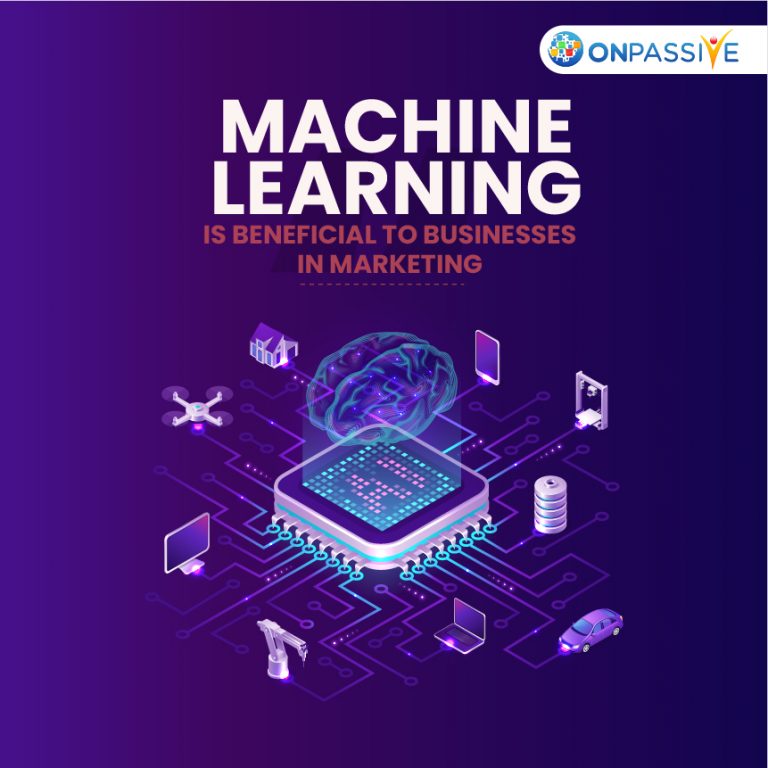
Artificial intelligence (AI) is being used in every corporate sector and industry today to automate operations, increase efficiency, and save costs, such as the digitalization industry, which employs AI, especially to better user experience (UX). So, before we understand how AL and ML help digital brands deliver UX, let’s know what UX is?
What Is UX?
The process through which design teams build products that give consumers exciting and valuable experiences is known as user experience design (UX). This includes features of brand, design, usability, and function, as well as the design of the complete product acquisition and integration process.
Now, let’s look at how artificial intelligence affects user experiences, what UX procedures artificial intelligence may improve, how artificial intelligence can assist UX designers, and how artificial intelligence may affect UX design employment in the future.
As per a recent poll, 50% of respondents said machine learning was very important to their organizations and departments. The issue is that most businesses are either unsure where to begin or are attempting to boil the ocean by incorporating too many factors.
Impact Of AI On UX
● User Interfaces That Are Thinner
When users navigate or explore a Web site or application, thinner user interfaces provide fewer obstacles. Artificial intelligence may predict a user’s behaviour or query based on past data and give a probable solution or relevant results. With the advancement of AI technology, products can now better prioritize user inquiries.
● Automation
While many repetitive, monotonous activities aren’t particularly significant, they need human intervention to be completed successfully. Resizing photos, performing colour adjustments, and cropping images are some activities that artificial intelligence can automate. AI developers have created intelligent technological solutions that can perform all of these activities without human interaction, such as Adobe’s stitch capabilities, which can recognize patterns in photos and assist designers in stitching them together.
● Smarter And More Efficient Modular Design Methodologies
A design system collects patterns, modules, and features that collectively make up a product’s or brand’s design language. Salesforce, GE, Airbnb, Google, and many other firms have built design systems that UX designers can utilize to provide their clients or users with a uniform, well-designed user experience.
By incorporating artificial intelligence, or machine learning, into these systems, product teams will collect and analyze metrics that will help them better understand how each unique user interacts with user interface components. The better a design system understands what works and what doesn’t, the more it can optimize its modules to provide superior UX results.
● Effects On The Eye
Many apps that employ AI technology for human-face recognition have been developed due to one AI developer’s idea, including Autodraw, Artisto, and Prisma. Users may also apply visual effects to photos of human faces, such as blur and shadow.
● Personalization
Personalization is another AI-driven feature that has had a significant influence on improving the user experience. Personalized user experiences may help users save time and money while also improving their experience.
Conclusion
To sum up, AI and machine learning investments should be targeted towards a particular real-world problem, such as lowering customer support costs or increasing conversion rates. The need for machine learning continues to rise. As organizations adapt to the cognitive era, machine learning will both assist and propel today’s data scientists and advanced analytics professionals forward.
So, if you’ve realized how critical it is to include AI to improve user experience and you’re ready to make the switch to AI products for your company, ONPASSIVE’s AI products are here for you. To know about our services and products, contact us.


